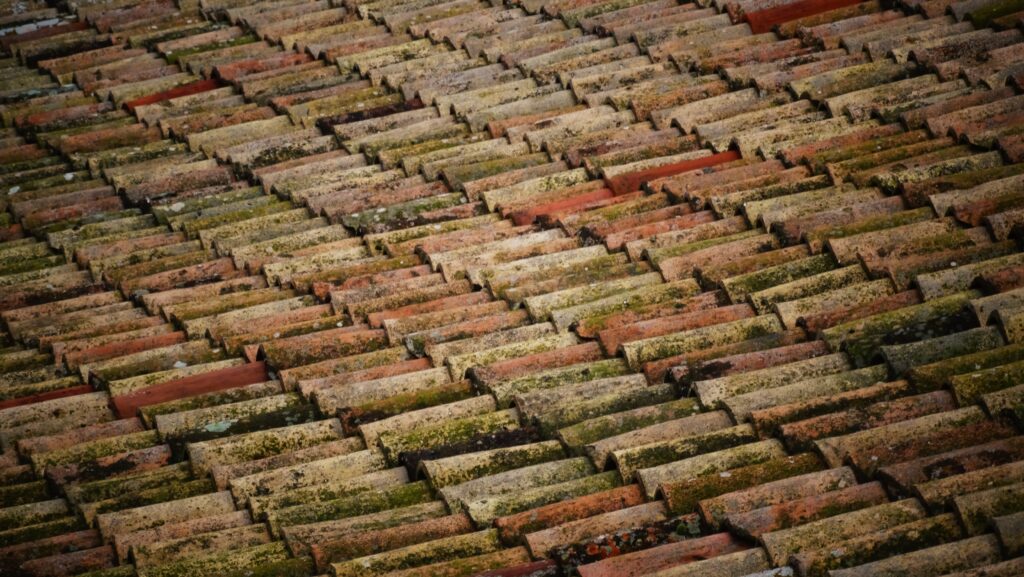In a different blog, we’ve mentioned 3 elemental causes of roof damage. As a continuation of that, here’s another short list of a few more causes of roof-deterioration as explained by New View Commercial Roofing professionals.
Other Causes Of Roof Damage
1. Wind
High and/or strong winds can “lift” pieces of shingles from their places. Besides this, winds can cause granule loss, curling, peeling, and the like.
When speaking of granule loss, this has to do with the portion of a shingle that has a sandpaper-like texture. These granules are equivalent to an extra layer of covering or protection for the shingles themselves.
Thus, the loosening of said granules will weaken shingles. At the same time, they’ll cause your roof to be less waterproof and less fire-resistant.
We want to add that certain wind speeds contribute to roof damage as well. Researches show that gusts of wind that ride 70-90 miles per hour are typically damaging. That said, studies also reveal that in some cases, winds traveling at around 50 miles per hour are enough to wreak havoc, depending on the roofing materials.
2. Algae And Moss
Algae and moss reach your roof via wind. They don’t simply appear on their own but instead, are airborne. They’re carried away via spores until they land on rooftops. And most asphalt shingles contain limestone fillers. The latter, the food source of algae and moss.
Aside from this “food source”, algae and moss tend to multiply on parts of the roof that shaded. Such shaded parts can be areas where moisture accumulates and thus, merely becomes a better “feeding and living space” for these “rhizoids”.
Rhizoids have the capability to cling onto roofs, grow, and proliferate. They aren’t necessarily harmful to your home’s roof the way mold and mildew are. However, over time, rhizoids may pry off the protective layer against UV. Because of this, drying will soon eventuate and later on, cracking.
3. Condensation
What’s tricky about it is that it can transpire even without any visible physical damage on the rooftop, nor on its interior overlaying.
Condensation happens when air that’s moisture-laden and is relatively warm accumulates on your roof, and in other spaces of your home. The rising of hot air will then condense in the “inner surface” of a roofing system and a kind of “sweating” will begin to appear on your home’s walls.
Furthermore, when moisture saturates the surrounding areas of your roof, said areas will become breeding grounds for mold and mildew. Either that or they’ll kickstart the rotting and/or corroding process which will deteriorate the roof.
In the event that condensation stretches far into the wood, wood durability will be compromised. This takes place especially when rafters and trusses are assembled with wooden materials.
These rafters and trusses are what will cause the entire roof system to sag. And unfortunately, rooftop sagging is considered a major issue. Simple repairs might not cut it. You’re going to need to do a complete roof replacement.
Opposing seasons that are next to each other (i.e. winter and then spring) tend to be the causes of this naturally-occurring roof problem.

